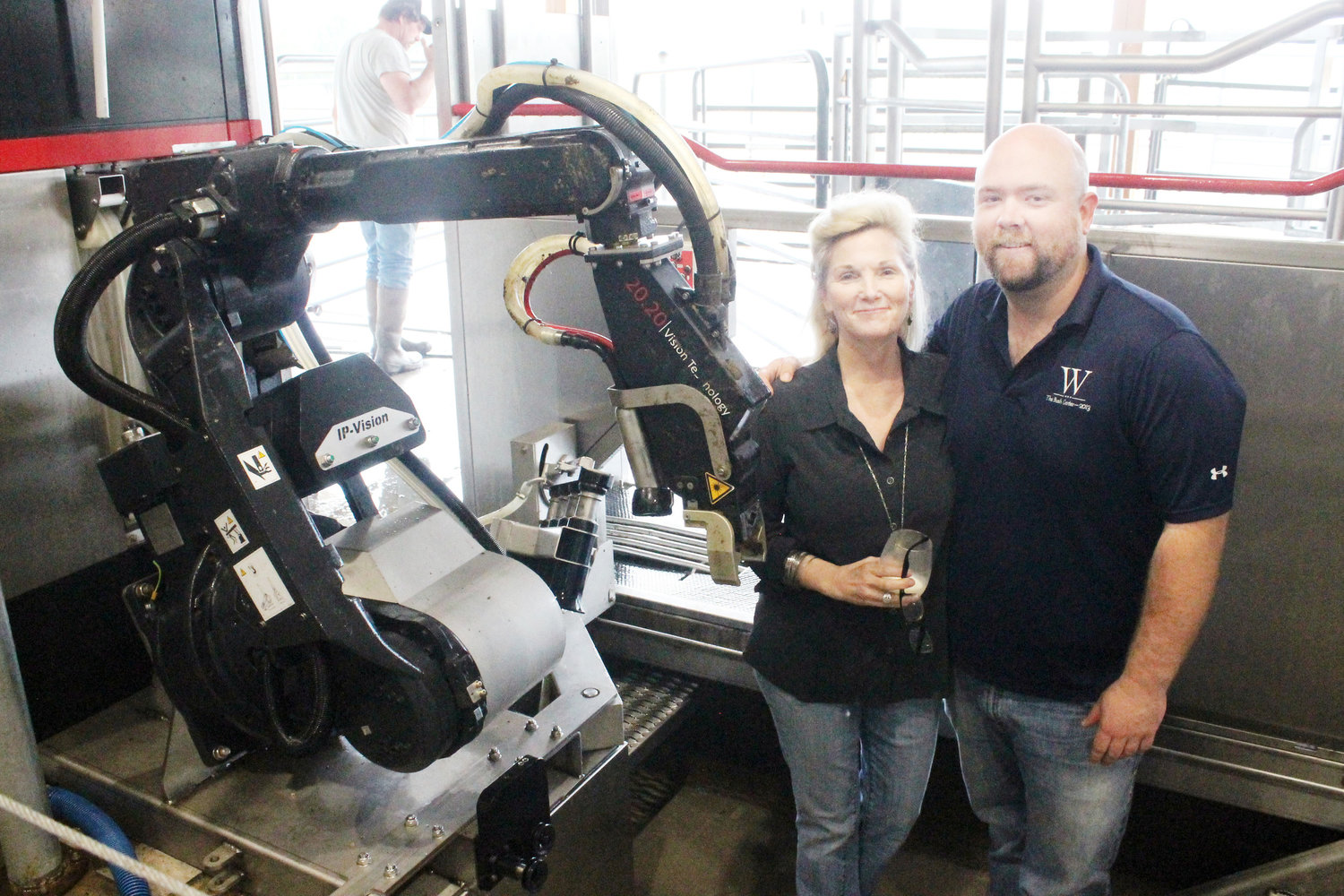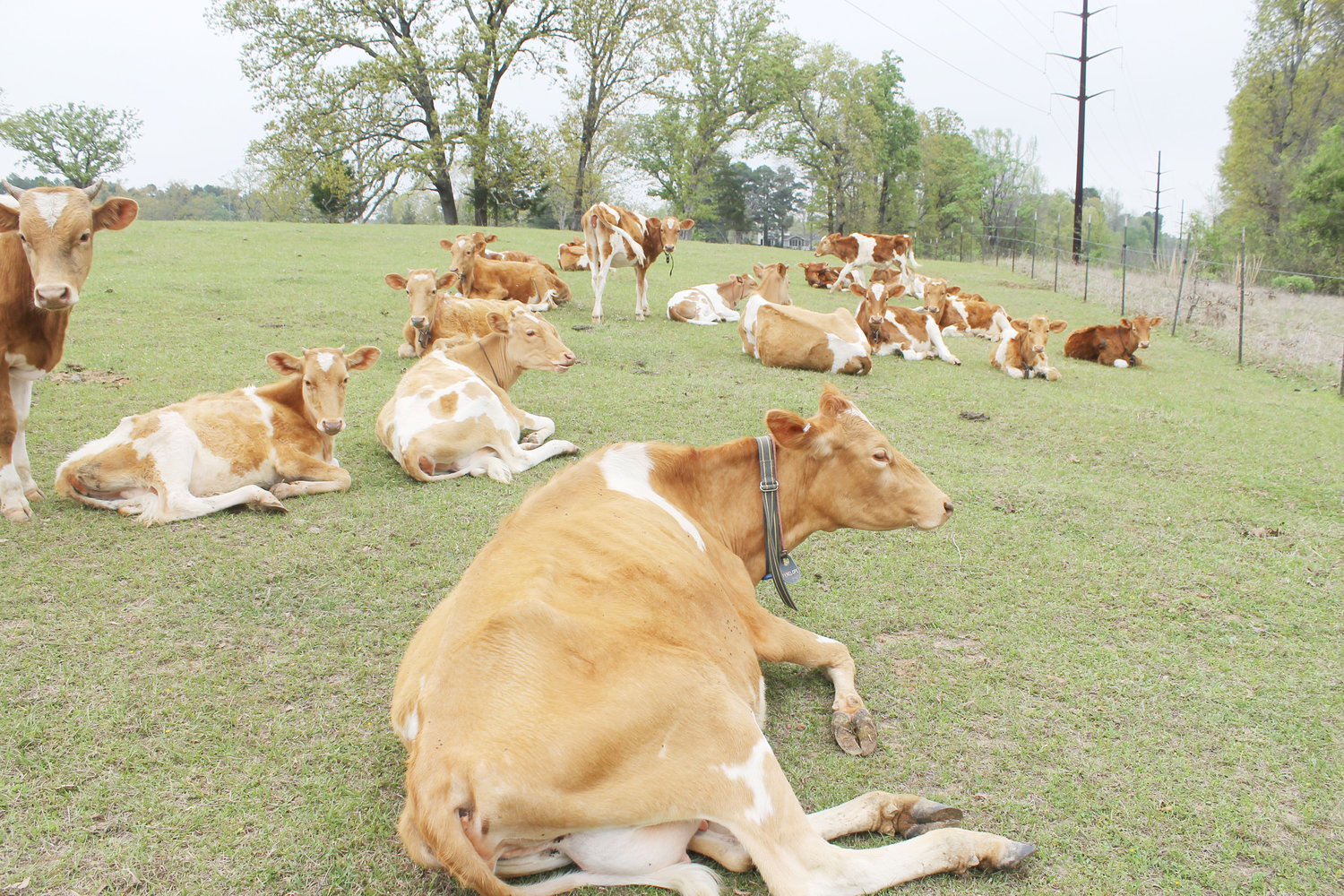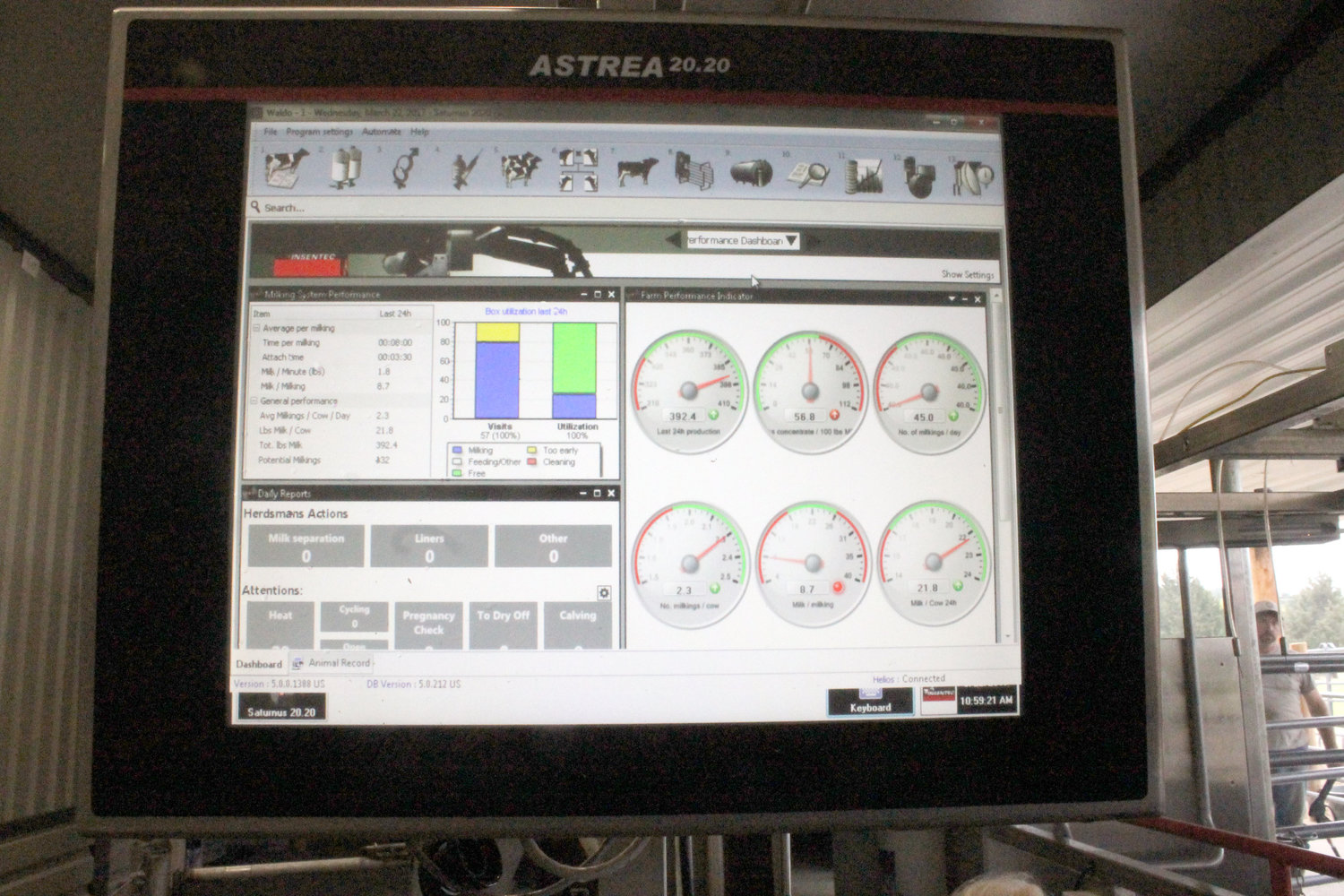Robotic milking machine changes Waldos’ way of life
editor@woodcountymonitor.com
Former slaves wandered looking for the land of milk and honey for 40 years. But for those who have found Waldo Way Dairy Farm and its milk – who needs honey?
And now that owner NaRisa Waldo, …
This item is available in full to subscribers.
Attention subscribers
To continue reading, you will need to either log in to your subscriber account, or purchase a new subscription.
If you are a current print subscriber, you can set up a free website account and connect your subscription to it by clicking here.
If you are a digital subscriber with an active, online-only subscription then you already have an account here. Just reset your password if you've not yet logged in to your account on this new site.
Otherwise, click here to view your options for subscribing.
Please log in to continueNeed an account?
|
Robotic milking machine changes Waldos’ way of life



editor@woodcountymonitor.com
Former slaves wandered looking for the land of milk and honey for 40 years. But for those who have found Waldo Way Dairy Farm and its milk – who needs honey?
And now that owner NaRisa Waldo, and her son Trenton, have dedicated a very large investment to a robotic milking machine (the first in the state of Texas) and the building that houses it, their Guernsey cows’ golden milk may be more obtainable.
Waldo Way has been in existence for 13 years now. And that original herd has grown to 80 head of Guernseys. According to much published information about the Guernsey, their milk is golden for more reasons that just its color. Most of the cows possess a protein gene that is better for allergies, including those of the stomach. More anti-oxidants, as well as calcium and vitamins, pass through their milk and therefore to the person consuming the product. The milkfat from the grass-fed cows is healthier and the Waldo Farm milk does not get pasteurized or homogenized.
Waldo, who is a PhD, a former researcher and nursing instructor, said that while those processes were considered a huge health boost decades ago, over time the government tends to switch stances on what it says is good for people and what isn’t. It was said that butter was bad for one’s health and people were advised to eat margarine instead. Now it is being said again that butter is good for us. Also it was discovered that if more sanitary farming practices had been used, the processes that destroy much of the good things that milk contains would not be necessary. Pasteurization destroys the lactase enzyme, which results in drinkers suffering lactose intolerance. “No one is lactose intolerant to raw milk,” she says.
She notes how highly processed milk sold in grocery stores is and that for people who have health problems, leaving behind processed (boxed) foods is very important.
All these are substantial claims, but they are widely reported. Additionally, the Guernsey cows’ milk just tastes better. So for the Waldos, providing the supply of milk and milk products for the demand has been the challenge. Now the herd is to the size they feel they may be able do so, but customers also know that showing up early for their posted opening time is wise if they want to ensure being able to purchase their products. One can also go to their website and reserve the products.
Waldo said there are thousands of people seeking the more healthful product, and “It’s not a fad, it’s definitely a trend and the market clearly shows that. There is research out there that categorically verifies and validates the need for real whole foods.”
So their recent $1 million investment in the robotic milking machine has essentially changed the Waldos’ way of life. The highly specialized system is housed in a sparkling new milk house complete with a kitchen in which they are already hosting classes, and with a window wall to allow visitors to watch the milking process take place.
The robotic system performs every task, plus more, that a person could do. It includes transponders on the cows that are read when they place themselves in the milking space. Trenton said with their cows, which are extremely docile, it only took 2 to 3 days for them to learn that when they needed to be milked to place themselves in the space. The arm of the robot has a prep cup that goes under each cow, expresses a little milk and cleans each teat. The milk goes into beakers and the liquid goes through lines as the entire process takes about eight to 10 minutes.
As milk flows through the machine a flow sensor detects how much milk is passing through and another aspect of it called the eye mac analyzes the quality of milk for any presence of blood or other things that could trigger problems in the cows or compromise the milk. If there is a problem with the milk, it is separated directly into a red bucket and the outcome of what is done with the milk is decided, depending on the problem. It could be fed to the animals, or poured down the drain. The machine identifies the issue with the cow, and what is needed for her. The milk flows into a large tank before it is bottled for distribution.
Once the cow is done, its teats are sprayed again and it’s released back into the softly rolling hills of the pasture.
One thing that NaRisa points out is advantageous of the robot is that, unlike humans, it is the same every milking, every day as opposed to a human who may be distracted, or in a bad mood - especially if they’ve been kicked by a cow. Those variables with humans can affect the cows’ milk flow, she said. With a machine, that is not an issue and there is more consistency with the cows’ milk.
The robot, which came from a European company and took quite some time to learn and work out the kinks, also has monitors which are even now accessible via the Waldos’ cellphone. Hence, the first breaks they have been able to have from the farm in years are occurring, thanks to not having to be present constantly on the farm. Trenton recently took a vacation and NaRisa is planning a cruise.
As the Waldos’ herd of relaxed, happy cows continues to grow, the odds are high this beautiful Wood County farm and exceptionally run business will follow suit. The health of their consumers as well as the local economy could stand to benefit.








